The Hartford 2012 Annual Report Download - page 98
Download and view the complete annual report
Please find page 98 of the 2012 The Hartford annual report below. You can navigate through the pages in the report by either clicking on the pages listed below, or by using the keyword search tool below to find specific information within the annual report.-
 1
1 -
 2
2 -
 3
3 -
 4
4 -
 5
5 -
 6
6 -
 7
7 -
 8
8 -
 9
9 -
 10
10 -
 11
11 -
 12
12 -
 13
13 -
 14
14 -
 15
15 -
 16
16 -
 17
17 -
 18
18 -
 19
19 -
 20
20 -
 21
21 -
 22
22 -
 23
23 -
 24
24 -
 25
25 -
 26
26 -
 27
27 -
 28
28 -
 29
29 -
 30
30 -
 31
31 -
 32
32 -
 33
33 -
 34
34 -
 35
35 -
 36
36 -
 37
37 -
 38
38 -
 39
39 -
 40
40 -
 41
41 -
 42
42 -
 43
43 -
 44
44 -
 45
45 -
 46
46 -
 47
47 -
 48
48 -
 49
49 -
 50
50 -
 51
51 -
 52
52 -
 53
53 -
 54
54 -
 55
55 -
 56
56 -
 57
57 -
 58
58 -
 59
59 -
 60
60 -
 61
61 -
 62
62 -
 63
63 -
 64
64 -
 65
65 -
 66
66 -
 67
67 -
 68
68 -
 69
69 -
 70
70 -
 71
71 -
 72
72 -
 73
73 -
 74
74 -
 75
75 -
 76
76 -
 77
77 -
 78
78 -
 79
79 -
 80
80 -
 81
81 -
 82
82 -
 83
83 -
 84
84 -
 85
85 -
 86
86 -
 87
87 -
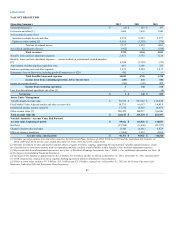 88
88 -
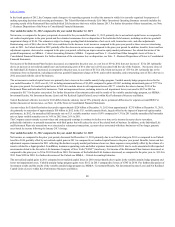 89
89 -
 90
90 -
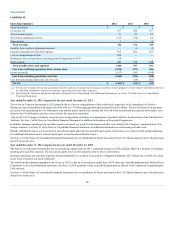 91
91 -
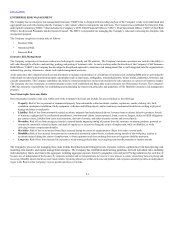 92
92 -
 93
93 -
 94
94 -
 95
95 -
 96
96 -
 97
97 -
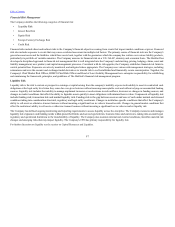 98
98 -
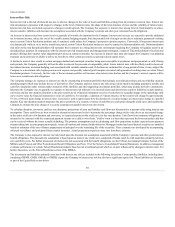 99
99 -
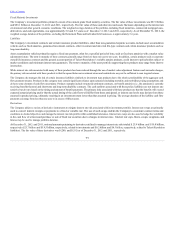 100
100 -
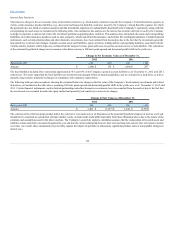 101
101 -
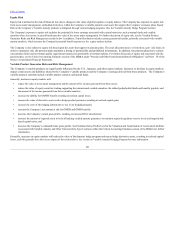 102
102 -
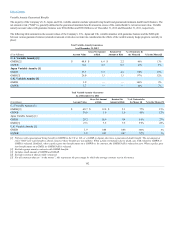 103
103 -
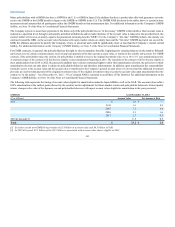 104
104 -
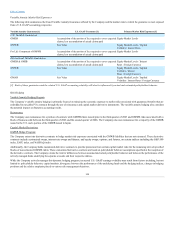 105
105 -
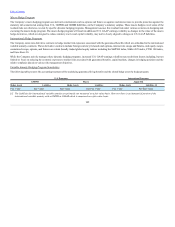 106
106 -
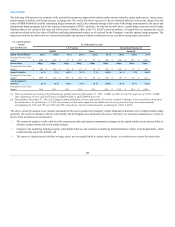 107
107 -
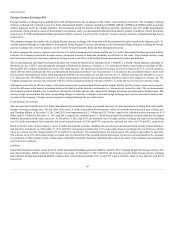 108
108 -
 109
109 -
 110
110 -
 111
111 -
 112
112 -
 113
113 -
 114
114 -
 115
115 -
 116
116 -
 117
117 -
 118
118 -
 119
119 -
 120
120 -
 121
121 -
 122
122 -
 123
123 -
 124
124 -
 125
125 -
 126
126 -
 127
127 -
 128
128 -
 129
129 -
 130
130 -
 131
131 -
 132
132 -
 133
133 -
 134
134 -
 135
135 -
 136
136 -
 137
137 -
 138
138 -
 139
139 -
 140
140 -
 141
141 -
 142
142 -
 143
143 -
 144
144 -
 145
145 -
 146
146 -
 147
147 -
 148
148 -
 149
149 -
 150
150 -
 151
151 -
 152
152 -
 153
153 -
 154
154 -
 155
155 -
 156
156 -
 157
157 -
 158
158 -
 159
159 -
 160
160 -
 161
161 -
 162
162 -
 163
163 -
 164
164 -
 165
165 -
 166
166 -
 167
167 -
 168
168 -
 169
169 -
 170
170 -
 171
171 -
 172
172 -
 173
173 -
 174
174 -
 175
175 -
 176
176 -
 177
177 -
 178
178 -
 179
179 -
 180
180 -
 181
181 -
 182
182 -
 183
183 -
 184
184 -
 185
185 -
 186
186 -
 187
187 -
 188
188 -
 189
189 -
 190
190 -
 191
191 -
 192
192 -
 193
193 -
 194
194 -
 195
195 -
 196
196 -
 197
197 -
 198
198 -
 199
199 -
 200
200 -
 201
201 -
 202
202 -
 203
203 -
 204
204 -
 205
205 -
 206
206 -
 207
207 -
 208
208 -
 209
209 -
 210
210 -
 211
211 -
 212
212 -
 213
213 -
 214
214 -
 215
215 -
 216
216 -
 217
217 -
 218
218 -
 219
219 -
 220
220 -
 221
221 -
 222
222 -
 223
223 -
 224
224 -
 225
225 -
 226
226 -
 227
227 -
 228
228 -
 229
229 -
 230
230 -
 231
231 -
 232
232 -
 233
233 -
 234
234 -
 235
235 -
 236
236 -
 237
237 -
 238
238 -
 239
239 -
 240
240 -
 241
241 -
 242
242 -
 243
243 -
 244
244 -
 245
245 -
 246
246 -
 247
247 -
 248
248 -
 249
249 -
 250
250 -
 251
251 -
 252
252 -
 253
253 -
 254
254 -
 255
255 -
 256
256 -
 257
257 -
 258
258 -
 259
259 -
 260
260 -
 261
261 -
 262
262 -
 263
263 -
 264
264 -
 265
265 -
 266
266 -
 267
267 -
 268
268 -
 269
269 -
 270
270 -
 271
271 -
 272
272 -
 273
273 -
 274
274 -
 275
275 -
 276
276 -
 277
277 -
 278
278 -
 279
279 -
 280
280 -
 281
281 -
 282
282 -
 283
283 -
 284
284 -
 285
285 -
 286
286 -
 287
287 -
 288
288 -
 289
289 -
 290
290 -
 291
291 -
 292
292 -
 293
293 -
 294
294 -
 295
295 -
 296
296 -
 297
297 -
 298
298 -
 299
299 -
 300
300 -
 301
301 -
 302
302 -
 303
303 -
 304
304 -
 305
305 -
 306
306 -
 307
307 -
 308
308 -
 309
309 -
 310
310 -
 311
311 -
 312
312 -
 313
313 -
 314
314 -
 315
315 -
 316
316 -
 317
317 -
 318
318 -
 319
319 -
 320
320 -
 321
321 -
 322
322 -
 323
323 -
 324
324 -
 325
325 -
 326
326 -
 327
327 -
 328
328 -
 329
329 -
 330
330 -
 331
331 -
 332
332 -
 333
333 -
 334
334 -
 335
335
 |
 |

Table of Contents
Financial Risk Management
The Company identifies the following categories of financial risk:
•Liquidity Risk
•Interest Rate Risk
•Equity Risk
•Foreign Currency Exchange Risk
•Credit Risk
Financial risks include direct and indirect risks to the Company's financial objectives coming from events that impact market conditions or prices. Financial
risk also includes exposure to events that may cause correlated movement in multiple risk factors. The primary source of financial risks are the Company's
general account assets and the liabilities which those assets back, together with the guarantees which the company has written over various liability products,
particularly its portfolio of variable annuities. The Company assesses its financial risk on a U.S. GAAP, statutory and economic basis. The Hartford has
developed a disciplined approach to financial risk management that is well integrated into the Company's underwriting, pricing, hedging, claims, asset and
liability management, new product, and capital management processes. Consistent with its risk appetite, the Company establishes financial risk limits to
control potential loss. Exposures are actively monitored, and mitigated where appropriate. The Company uses various risk management strategies, including
reinsurance and over-the-counter and exchange traded derivatives to transfer risk to well-established and financially secure counterparties. Together, the
Company's Chief Market Risk Officer, HIMCO Chief Risk Officer and Head of Asset Liability Management have enterprise responsibility for establishing
and maintaining the framework, principles, and guidelines of The Hartford's financial risk management program.
Liquidity risk is the risk to current or prospective earnings or capital arising from the company's inability or perceived inability to meet its contractual cash
obligations at the legal entity level when they come due over given horizons without incurring unacceptable costs and without relying on uncommitted funding
sources. Liquidity risk includes the inability to manage unplanned increases or accelerations in cash outflows, decreases or changes in funding sources, and
changes in market conditions that affect the ability to liquidate assets quickly to meet obligations with minimal loss in value. Components of liquidity risk
include funding risk, transaction risk and market liquidity risk. Funding risk is the gap between sources and uses of cash under normal and stressed
conditions taking into consideration structural, regulatory and legal entity constraints. Changes in institution-specific conditions that affect the Company's
ability to sell assets or otherwise transact business without incurring a significant loss in value is transaction risk. Changes in general market conditions that
affect the institution's ability to sell assets or otherwise transact business without incurring a significant loss in value is market liquidity risk.
The Company has defined ongoing monitoring and reporting requirements to assess liquidity across the enterprise. The Company measures and manages
liquidity risk exposures and funding needs within prescribed limits and across legal entities, business lines and currencies, taking into account legal,
regulatory and operational limitations to the transferability of liquidity. The Company also monitors internal and external conditions, identifies material risk
changes and emerging risks that may impact liquidity. The Company's CFO has primary responsibility for liquidity risk.
For further discussion on liquidity see the section on Capital Resources and Liquidity.
97
